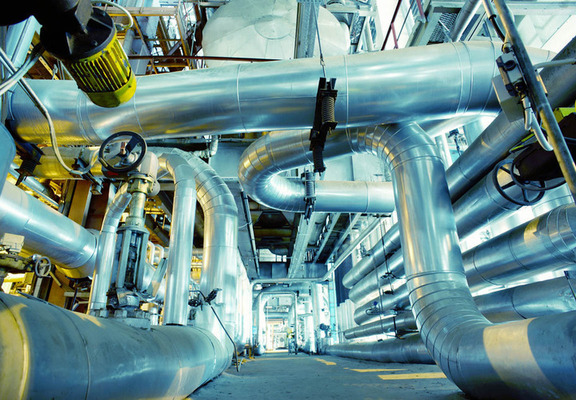Hydrocarbon Dew Point Control
The hydrocarbon dew point is a function of the gas composition as well as the pressure and the temperature at which the hydrocarbon components of any hydrocarbon-rich gas mixture, such as natural gas, will start to condense out of the gaseous phase.
The removal of heavy hydrocarbons may be necessary to eliminate downstream plant bottlenecks or to meet sales gas specification. Refrigerating the gas lowers the hydrocarbon dewpoint, thereby condensing and removing these heavy hydrocarbon liquids. Several methods can be used to condense the heavy hydrocarbons from a gas stream, these are listed as follows:
- Joule Thomson Expansion
- Refrigeration Technology (Propane, Mixed Refrigerant, etc.)
- Turbo Expansion
- Membrane Technology
OSL has a multi-disciplinary team of engineers who are well tuned with low temperature technology to advise and design the optimum solution for your application. The condensed liquid from the hydrocarbon dew point plant is valuable and can positively contribute to the overall plant economics. OSL provide clients with the following services and solutions:
- Economic and technical feasibility
- Process Integration & Optimisation
- Plant modelling (Steady and Dynamic State)
- Best Available Technology (BAT) assessment
- New equipment and plant design
- Debottlenecking of existing plant system
- Low Temperature Stress Analysis
- Computational Fluid Dynamics
- Project Management
OSL can also provide aftercare services to help commission and fine tune process plants. Our engineers can work within the client’s team to become the client’s engineer and provide troubleshooting as well as training support to plant operators
